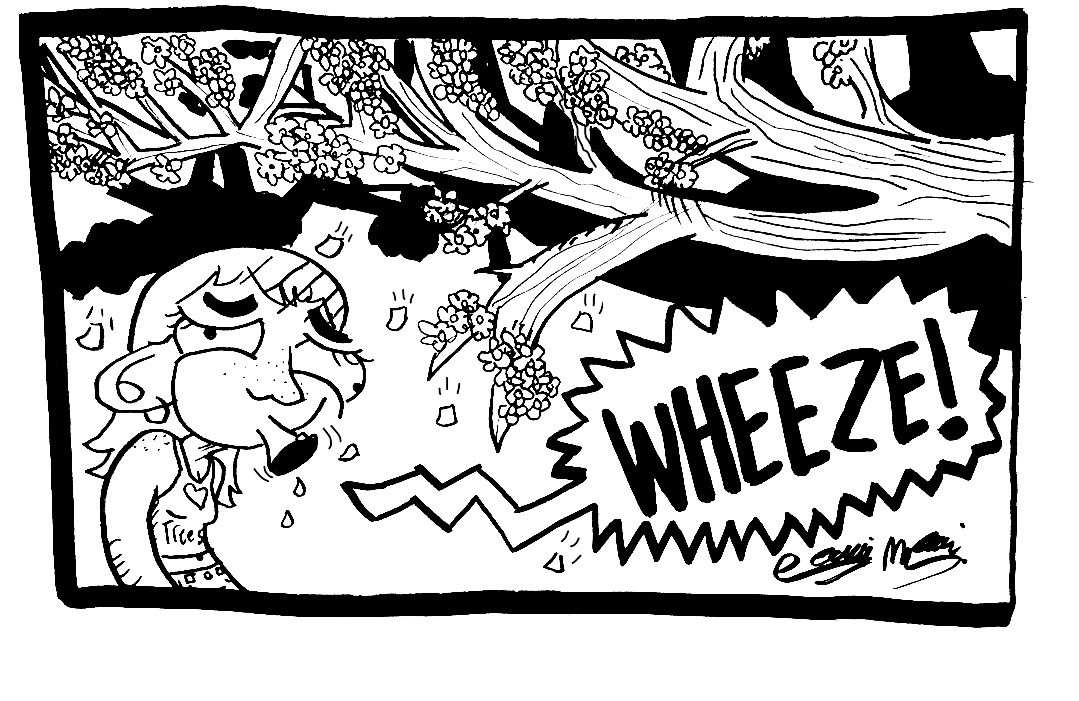Last week I went to American to observe its concert choir for a class assignment. I was intrigued to find out the choir was community-based and open not only to students, but alumni, professors and AU’s neighbors.
It got me thinking about our school, and GW’s role in the Foggy Bottom and West End communities. What is our responsibility to the community? Do we fulfill those needs?
It is important to recognize that there are two different groups of people who need to take accountability for integrating GW in D.C. There’s the responsibility of the school itself, and the responsibility of the students.
Though it certainly has not always been the case over GW’s history in Foggy Bottom, the University has more recently done a great job of being part of the D.C. community and keeping our neighbors happy. GW’s Web site, “Our Neighborhood,” helps in this process. It offers information on what GW services are accessible to permanent residents of the Foggy Bottom and West End neighborhoods. Neighbors have access to Gelman’s library system and can be members of HelWell, each for a small fee, or can opt to take foreign language classes for free.
The site also offers updates on the progress of Square 54 – the construction on Washington Circle and the location of the old GW Hospital. With plans for a grocery store and space for retail and offices, the building simultaneously gives GW a non-tuition-based source of income and serves the larger community.
The School Without Walls public-private partnership of last year also needs to be highly commended. GW, in its construction of South Hall, increased on-campus housing and came to an agreement with the D.C. Zoning Commission that helped renovate the School Without Walls.
GW as a university may currently be community-conscious, but are its students?
I’d like to think that GW students are getting off campus and making a difference. But I’m not so sure. GW is not like Boston University or New York University, whose campuses are much more in the middle of their respective cities’ cultural centers. We may be the best located college in D.C., but we reside in the heart of political D.C., and adjacent to the business district of K Street – not Adams Morgan or Eastern Market.
We spend our formative years here in the District, yet some of us hardly get off campus, with the exception of weekend romps in Georgetown, the occasional dinner in Dupont or an internship on the Hill at most. Sometimes it feels like GW is a different world than the rest of D.C. We live in the bubble of college life and we need to break out of it.
GW-sponsored events like the Martin Luther King, Jr. Day of Service and Michelle Obama’s service challenge are steps in the right direction, promoting students’ involvement in the community. But this again shows GW’s commitment, not students’ willingness to participate in the Washington community at large without being prompted from the school.
There are certainly the exceptional students whose playground is the District, but these people should be the majority, not the minority on campus. If a majority of GW students spent more time around the city, it would translate almost seamlessly into further integration between GW and D.C., which would improve our school’s relations in the community.
In the 2010-2011 housing assignments e-mail from GW Housing Programs, the bottom read, “Watch for the 2010 Census in your mailbox! You learn here. You play here. You live here. Get counted here.” And they’re right. We can all do more to be residents of D.C., not just GW. GW does its part. It’s time to do ours.
The writer, a junior majoring in political communication, is a Hatchet columnist.
Readers can visit the Forum to comment on this column.




